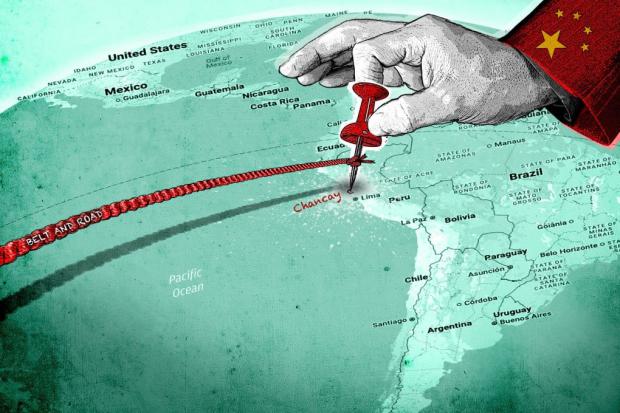
Breaking News
 The View host Sunny Hostin grits her teeth as she's forced to read THREE legal notes...
The View host Sunny Hostin grits her teeth as she's forced to read THREE legal notes...
 RFK Jr.'s Plans For Reshaping HHS Draw Strong Reactions
RFK Jr.'s Plans For Reshaping HHS Draw Strong Reactions
 Matt Gaetz Says He's Not Returning To Congress Next Year
Matt Gaetz Says He's Not Returning To Congress Next Year
 Colorado To Pay $1.5 Million To Christian Web Designer After Losing Supreme Court Case
Colorado To Pay $1.5 Million To Christian Web Designer After Losing Supreme Court Case
Top Tech News
 Forget Houston. This Space Balloon Will Launch You to the Edge of the Cosmos From a Floating...
Forget Houston. This Space Balloon Will Launch You to the Edge of the Cosmos From a Floating...
 SpaceX and NASA show off how Starship will help astronauts land on the moon (images)
SpaceX and NASA show off how Starship will help astronauts land on the moon (images)
 How aged cells in one organ can cause a cascade of organ failure
How aged cells in one organ can cause a cascade of organ failure
 World's most advanced hypergravity facility is now open for business
World's most advanced hypergravity facility is now open for business
 New Low-Carbon Concrete Outperforms Today's Highway Material While Cutting Costs in Minnesota
New Low-Carbon Concrete Outperforms Today's Highway Material While Cutting Costs in Minnesota
 Spinning fusion fuel for efficiency and Burn Tritium Ten Times More Efficiently
Spinning fusion fuel for efficiency and Burn Tritium Ten Times More Efficiently
 Rocket plane makes first civil supersonic flight since Concorde
Rocket plane makes first civil supersonic flight since Concorde
 Muscle-powered mechanism desalinates up to 8 liters of seawater per hour
Muscle-powered mechanism desalinates up to 8 liters of seawater per hour
 Student-built rocket breaks space altitude record as it hits hypersonic speeds
Student-built rocket breaks space altitude record as it hits hypersonic speeds
 Researchers discover revolutionary material that could shatter limits of traditional solar panels
Researchers discover revolutionary material that could shatter limits of traditional solar panels
China opens Peru 'bathing base' port to fight Trump in trade war

China has vowed to use its new container port in Chancay, Peru to boost trade with South American countries – and create an alternative channel to ship its products to the United States.
In 2019, the state-owned Cosco Shipping Ports acquired 60% of the Chancay port from a Peruvian polymetallic miner for US$225 million. It then invested US$3.5 billion to upgrade the port. Xinhua said the first phase of the port project shortens the shipping time between Peru and China from 35 to 23 days, saving more than 20% in logistics costs.
Chinese President Xi Jinping inaugurated the Chancay megaport via an online ceremony in Peru on November 14. Since then, Chinese media and commentators have been promoting this facility's expected role in helping China increase trade and implement its Belt and Road Initiative. Of particular interest to US trade warriors, the pundits claim that Chinese exporters can use the Chancay port's nearby industrial parks as a "bathing base" to relabel or repackage their goods and ship them to the US.
How that will work out remains to be seen. Mauricio Claver-Carone, an adviser to US President-elect Donald Trump's transition team, has said that the 60% tariffs that Trump has vowed to impose on Chinese goods would also apply to goods that pass through the new Chancay deep-water port from any country.
"Any product going through Chancay or any Chinese-owned or controlled port in the region should be subject to 60% tariff, as if the product was from China," Bloomberg quoted Claver-Carone as saying in a phone interview.
He added that the duty would help the US guard against transshipment, a process through which Chinese goods enter a third country and then get re-exported to the US at lower tariff rates than direct shipments.
He said transshipment in Latin American countries, such as Mexico, has been a key concern to the US for some time.
Follows 'bathing bases' in Vietnam, Mexico
Indeed, some Chinese commentators note that this is by no means the first time China has set up "bathing bases" overseas for the transshipment of its products.



